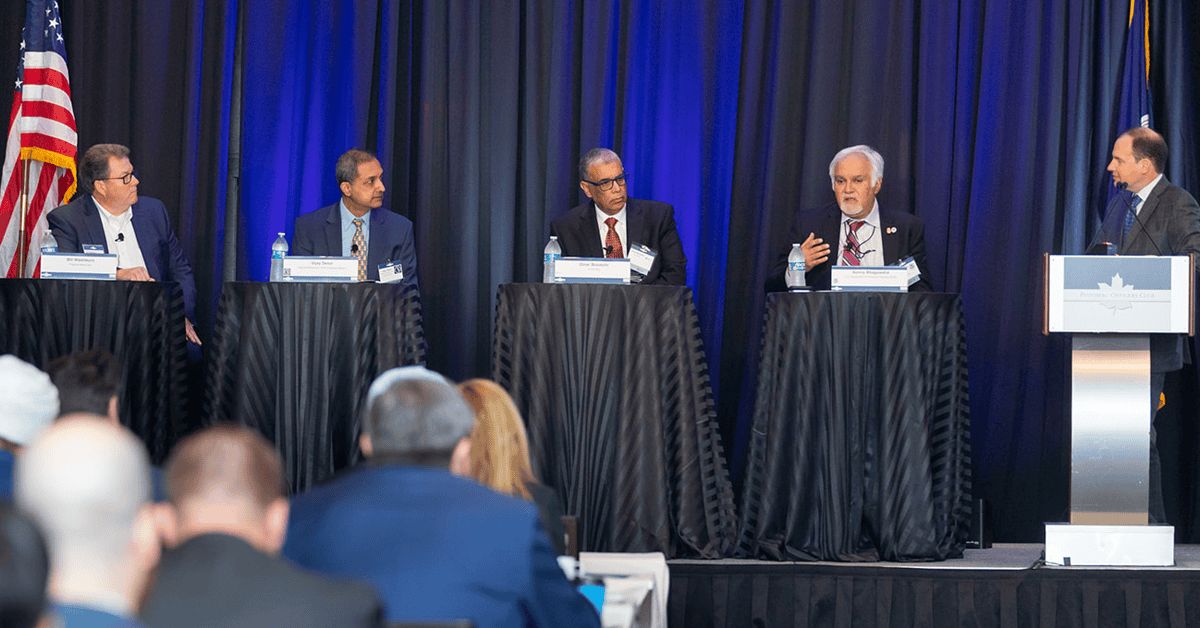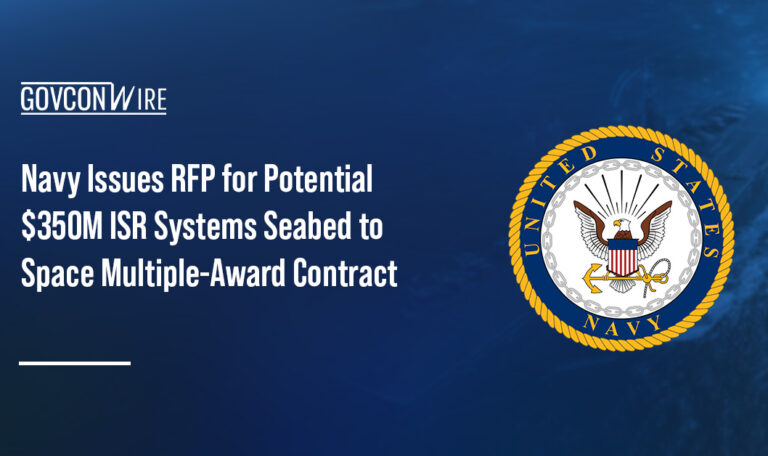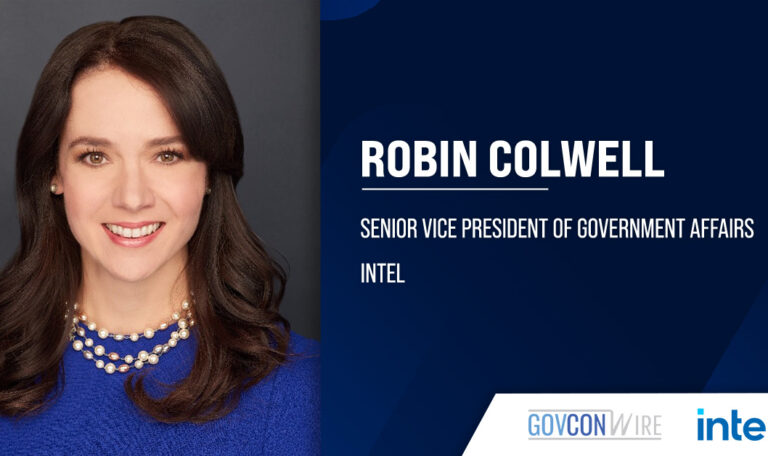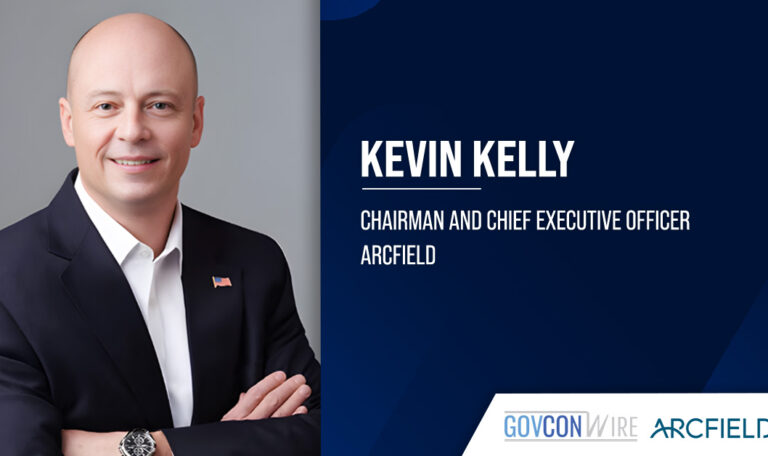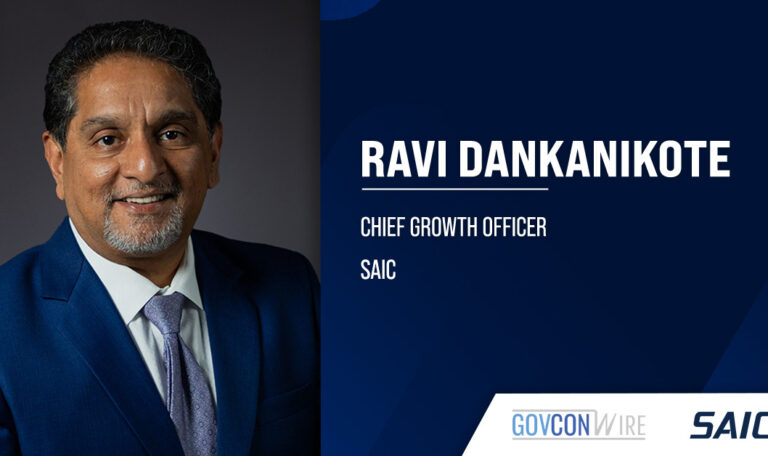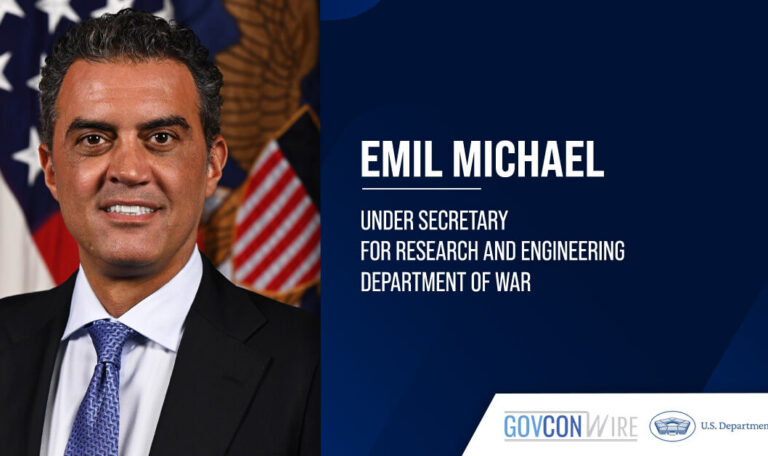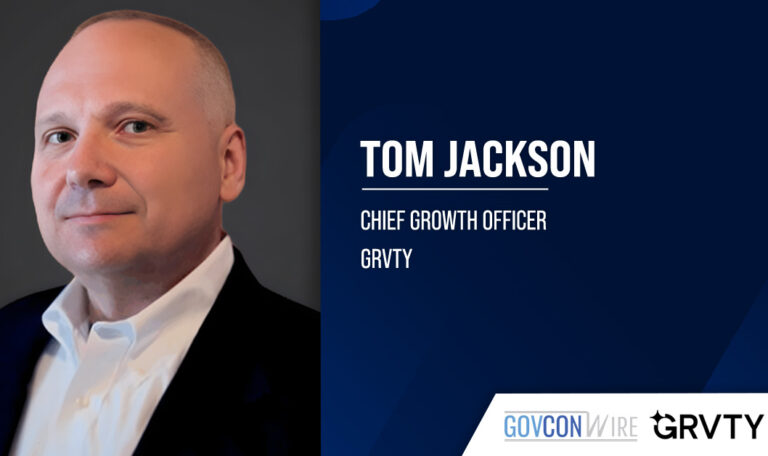Keeping government information technology systems apace with the rapid developments of the private sector is a constant challenge. New tools and technologies are being introduced at a head-spinning rate and many of them have the potential to make the government processes more efficient, affordable and even fundamentally change the nature of the offerings in the first place — only if they are incorporated and utilized effectively.
Leaders at the forefront of their organizations gathered for a panel discussion, themed “Technology Modernization: Accelerating Innovation in Digital Transformation,” at the 4th Annual CIO Summit on Tuesday at the Hilton-McLean to talk through how to go about priming their technological infrastructure for accepting and integrating new inventions.
The event was hosted by the Potomac Officers Club. To browse POC’s list of upcoming events and register to save your spot, click here.

The Federal Retirement Thrift Investment Board, due to the wide ranging demographic it serves, has to be extremely careful so as to make sure to satisfy as many people as possible and not exclude or render their services inaccessible, reported Vijay Desai, FRTIB’s chief information officer.
“Trusted partnerships” are a central component of accomplishing technological modernization at the Department of Homeland Security and specifically at U.S. Customs and Border Protection, said CBP CIO Sonny Bhagowalia. They collaborate “across all of the government, across about 60,000 users, including trade and industry, and also 100 countries,” Bhagowalia shared, so modernization efforts have to be deliberate and rigorously synchronized.
In addition to partnerships, Bhagowalia said that CBP’s technology priorities are rooted in mission applications, mission infrastructure and cybersecurity, through a three-pronged strategy of strategic transformation, cloud migration and innovation. The emphasis on innovation in particular is intentional, as Bhagowalia says “procurement and innovation don’t go hand in hand sometimes” and that he is intent on making sure DHS and CBP are “embrac[ing] agility.”
Omar Bouaichi, director of emerging technologies and innovation at Ginnie Mae, similarly highlighted procurement as a hampering force with technological progress. He said that outfitting procurement processes with requirements that boost quick tech adoption is crucial, additionally citing a need to focus on the government adjusting pay scale so that upstart talents have an incentive to come work in the public sector instead of opting for the considerable rewards offered by commercial companies.
“The workforce of the federal government, it’s a critical element that needs to be addressed properly and we need to make sure that we have a good relationship with colleges and universities, and make sure that our mission is embraced by young folks in school,” Bouaichi commented.
Fellow panelist Bill Washburn, chief program officer at Progress-MarkLogic, was keen on the importance of early and constant education to keep the workforce up to speed with new developments, acknowledging that “the learning tail of modernization isn’t short.”
“Innovation shouldn’t lead behind the workforce. Innovation should enthusiastically bring up the workforce. And when innovation motivates everybody to get educated, to learn to advance, then innovation is embraced and innovation is captured for the betterment of the mission and the betterment of the business systems,” Washburn stated.
Taking these lessons in stride, one of the most significant modernization overhauls MarkLogic has accomplished, Washburn said, is the creation of healthcare.gov after the Affordable Care Act was passed. This saw the company moving all operations for a service used by millions of people to the cloud in a mere six month timeframe.
Taking stock of the FRTIB’s modernization achievements, Desai said they have gotten rid of the very last of their data centers and are now also completely zero trust based, in compliance with the CISA Cybersecurity Maturity Model.
“Big change, but it has yielded some great benefits, both internally and externally,” Desai said.
When asked by moderator Robert McNamara of Guidehouse how to best measure progress in modernization, Desai pointed to a “combination of hard metrics and quantitative data” but ultimately settled on prizing customer experience and how clients feel as the foremost barometer for technological advancement.


